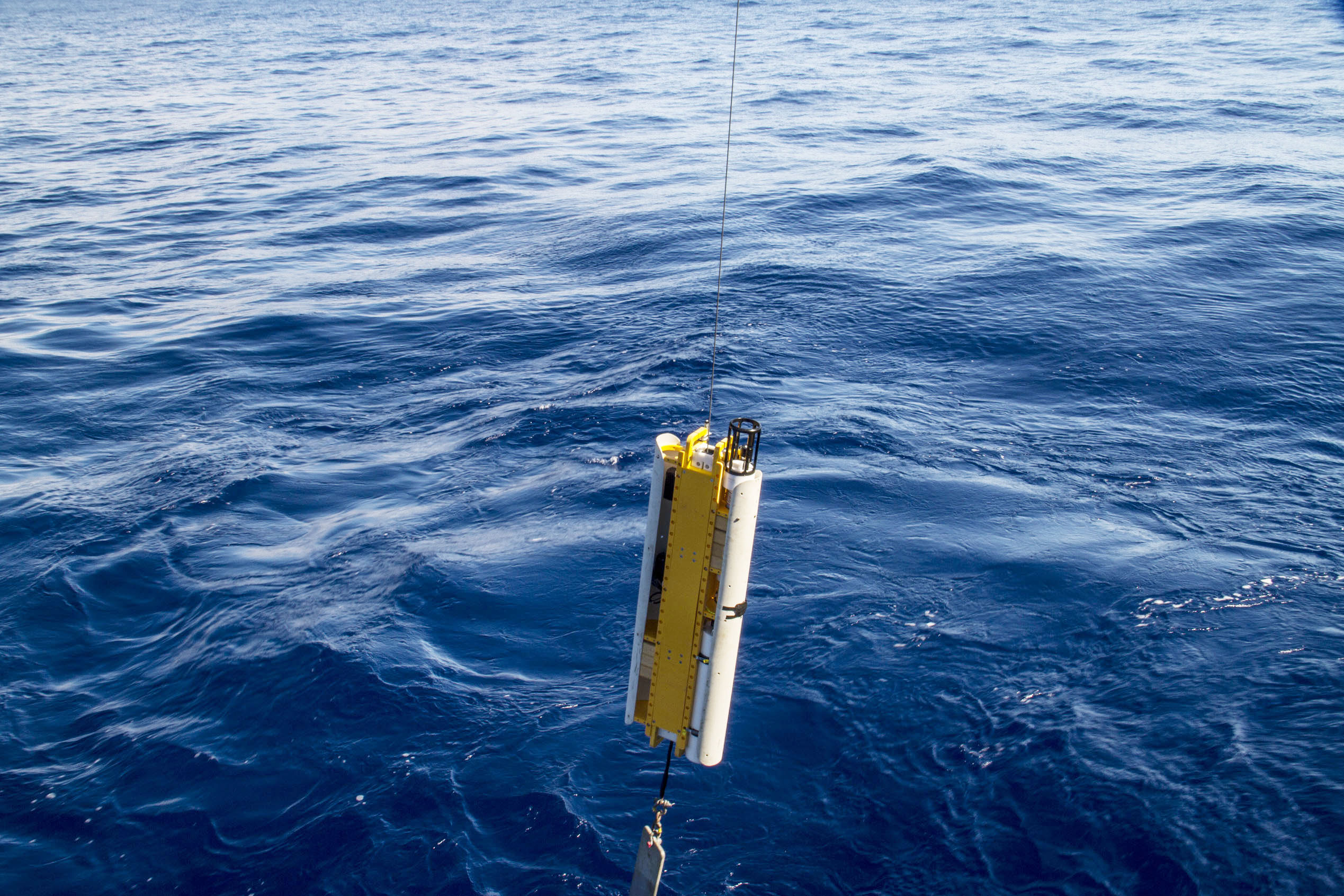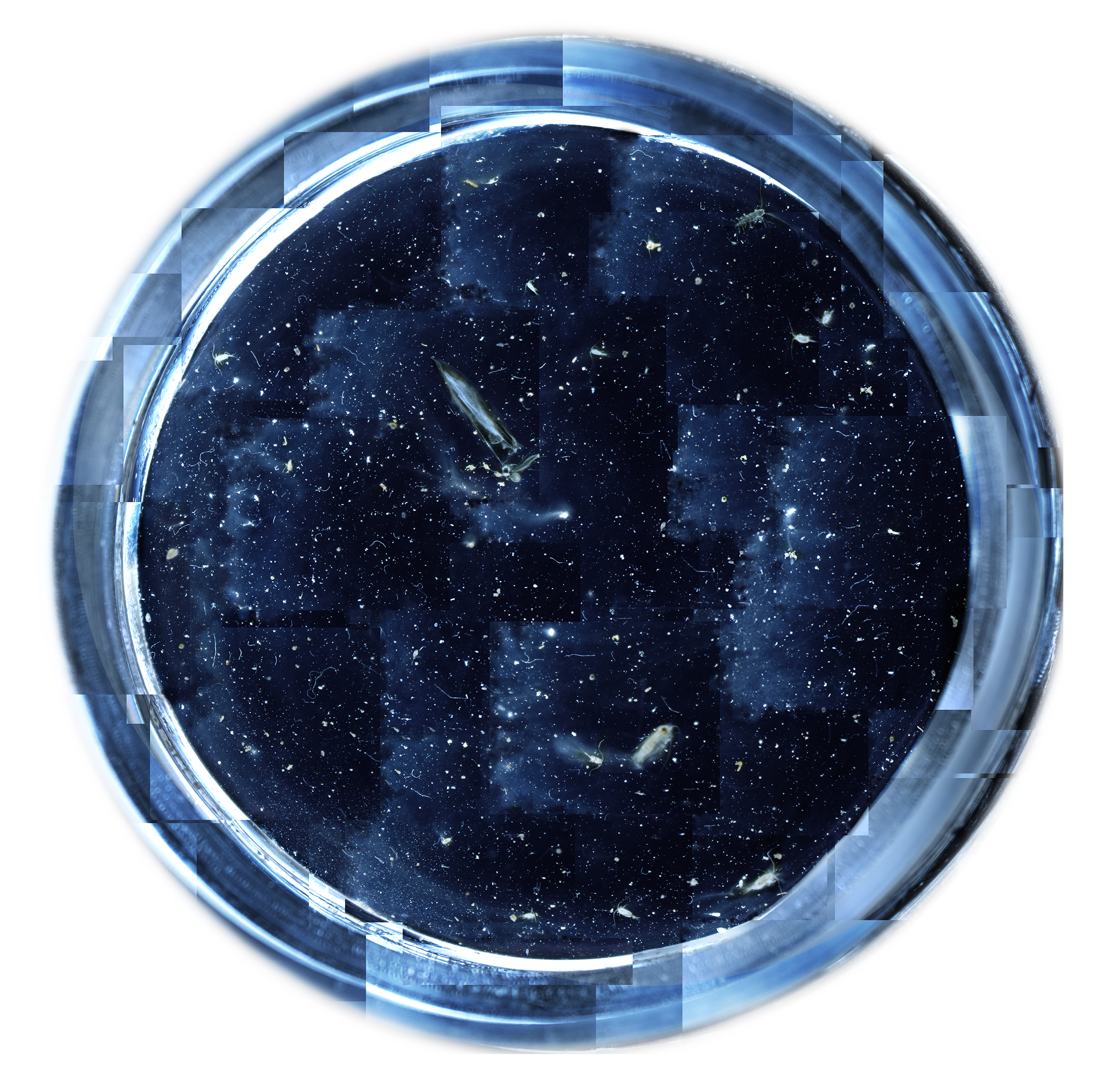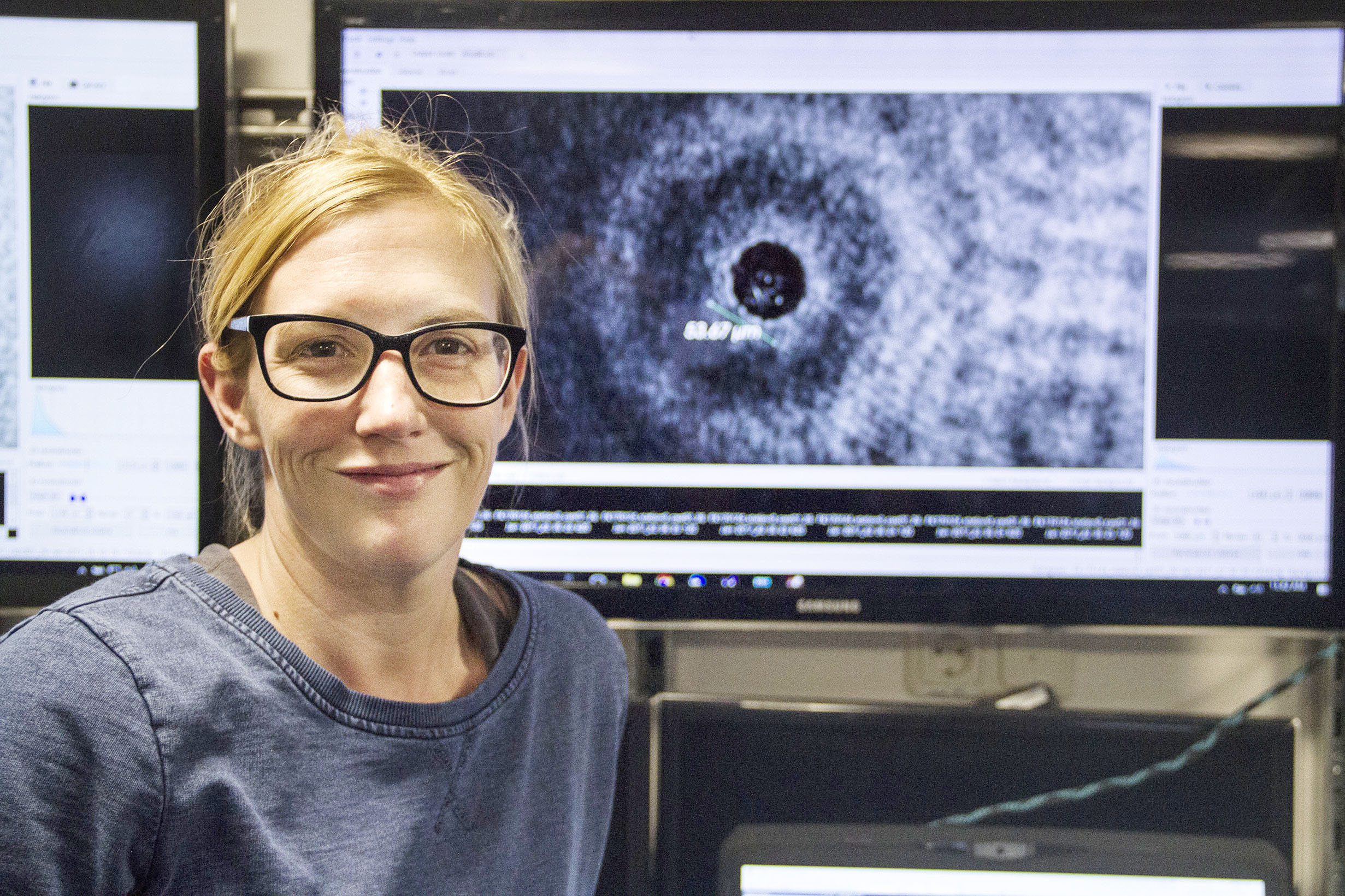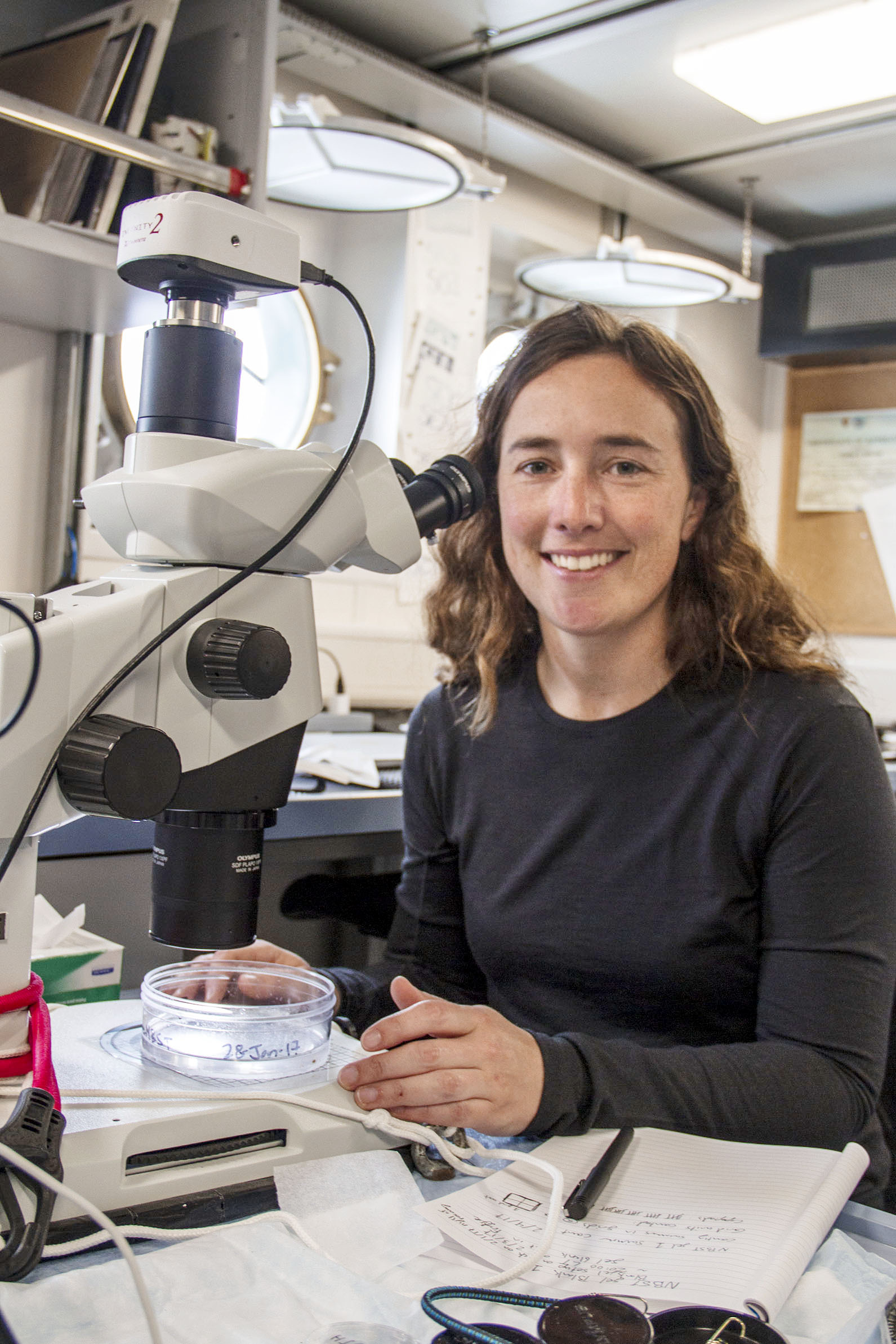Understanding ocean color can give us insight into the waters below: both biological and chemical activities can be indicated through the light and color reflected by the ocean’s surface.
Satellite measurements of particle size distributions are essential sources of information as researchers work toward creating models of global processes. However, satellite algorithms for estimating particle size distributions are largely unverified without a lack of confirmed datasets.
Determining the concentration and size of living and nonliving organisms floating in the water, collectively termed “particles,” helps to fill in these gaps including identifying dissolved materials and understanding the diversity of plankton within. This is exactly the type of data that was collected on a 25-day expedition aboard Falkor in January 2017, under the leadership of Principal Investigator Ivona Cetinić, of NASA Universities Space Research Association.

New technology and instruments included a time-lapse sediment trap camera and oxygen based productivity meter, providing imagery and data about particle size distribution. Additionally, the NASA-funded FERPS-particle sizer obtained continuous information about the size of microscopic particles in the ocean for the first time. To quantify phytoplankton growth rates, the multidisciplinary team of oceanographers, engineers, biologists, and computer scientists conducted experiments, measuring the oxygen produced and carbon dioxide consumed over time by the single-celled marine algae. Two different autonomous platforms were deployed, used to capture sinking particles and understand the vertical structure of biology and physics of the ocean.
Using Falkor’s high performance computing system allowed the processing of vast quantities of holographic images that were collected with an in situ holographic microscope mounted on the CTD and water sampling frame. The results were virtual reality visualizations that allowed researchers to explore how phytoplankton congregate in relation to each other in a new and very revealing manner.
These new in situ instruments provided cutting-edge approaches for the research team to build algorithms upon. The data allowed the science team to make connections between ocean color, diversity of phytoplankton, and the carbon cycle to develop tools to better understand the ocean using satellites and predict future ocean states.
By year 2022, NASA expects to launch the next generation ocean color satellite sensor for the Plankton, Aerosol, Cloud, and Ocean Ecosystem (PACE). This research done aboard Falkor will help to develop the PACE sensor that will provide unprecedented detail regarding the color spectrum and intensity of the light exiting the ocean’s surface.
This work will move forward possibilities in which scientists can use autonomous vehicles to make measurements in ways – and over scales – that were previously impossible. Supporting the use of autonomous robotic vehicles and in situ imaging systems to collect data that traditionally requires work-intensive, direct water sampling from ship-based platforms will result in alleviating the effort and cost in future collections, thereby expanding the coverage and duration of observations in the future.







